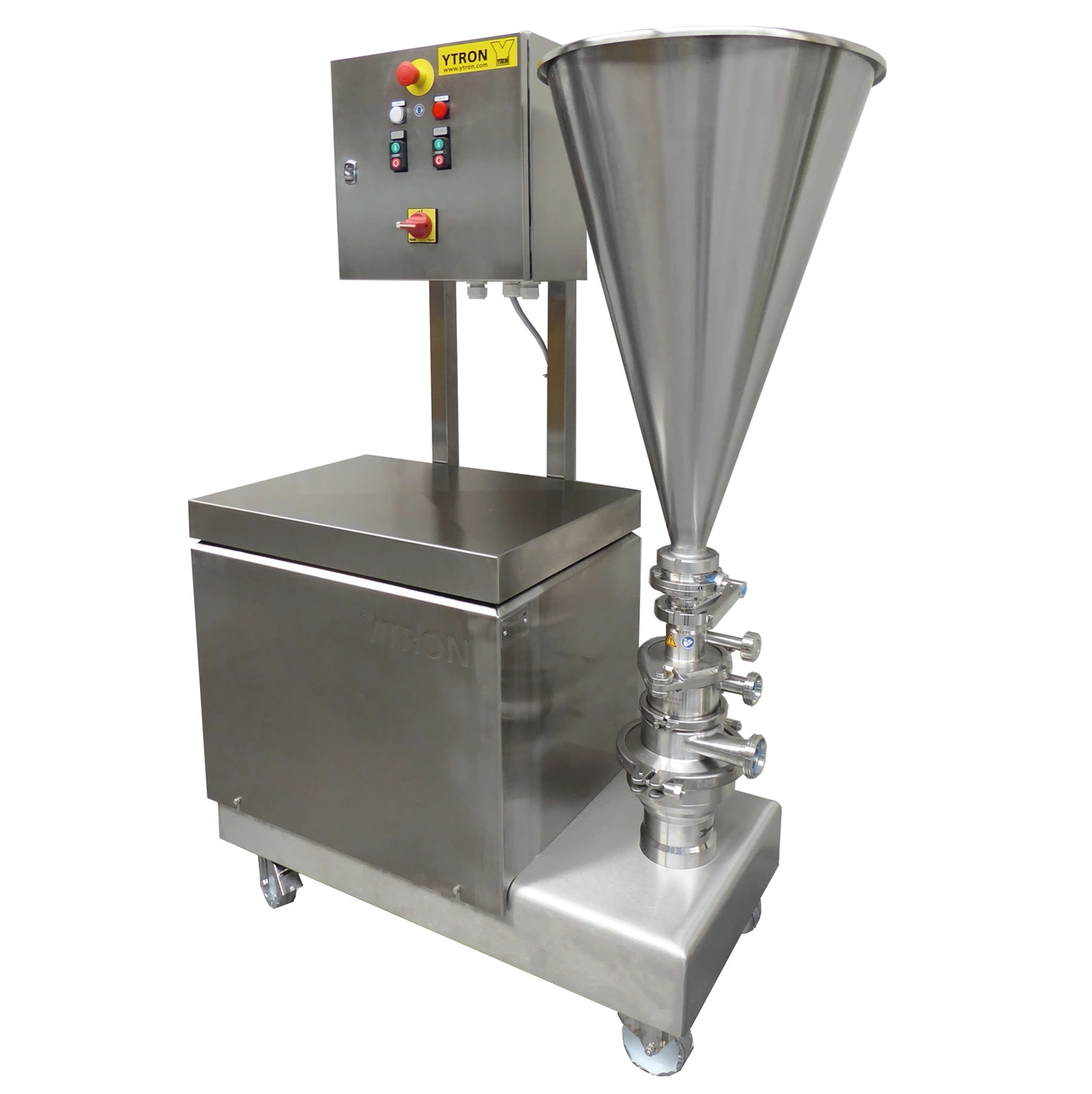Background/Application
The manufacturing of sunscreen creams and lotions has grown steadily in recent years as awareness of the effects of ultraviolet (UV) rays and the stress they place on the skin has increased. The increasing awareness has created the need for specialty products such as water-resistant formulas, infant formulas and formulas with increased sun protection factor (SPF). Manufacturing techniques play an important role in adapting to the changing market to meet consumer demands while maximizing ingredient performance.
Either oil-in-water or water-in-oil emulsions are used in the manufacturing of sunscreen creams and lotions. Typical ingredients include emollients (smoothing agents), lubricants, emulsifiers and thickeners, perfume, colorants, preservatives, UV filters and absorbers/blockers/pigments such as titanium dioxide or zinc oxide. For the latter ingredients, UV protection is directly related to the dispersion quality and particle size on the UV filters and absorbers/blockers.
The YTRON-Solution
YTRON recommends the combined use of a YTRON-ZC powder disperser and a YTRON-Y jet mixer. The YTRON-ZC is designed to introduce extremely difficult-to-wet powders and disperse them in one pass without lumps or "fish eyes".
The YTRON-Y jet mixer installed in the vessel ensures fast, homogeneous mixing and prevents sedimentation and air incorporation.
Advantages of the YTRON
- The perfect dispersion of the micronized oxides and other dry matter results in lump-free lotions and a maximum raw material yield. This increases the sun protection factor.
- A single pass avoids over-shearing of the raw materials.
- Pre-mixing of powdered ingredients is not necessary.
- High dispersion performance with low energy consumption.
- Minimal mixing times.
- Formation of a stable emulsion.


